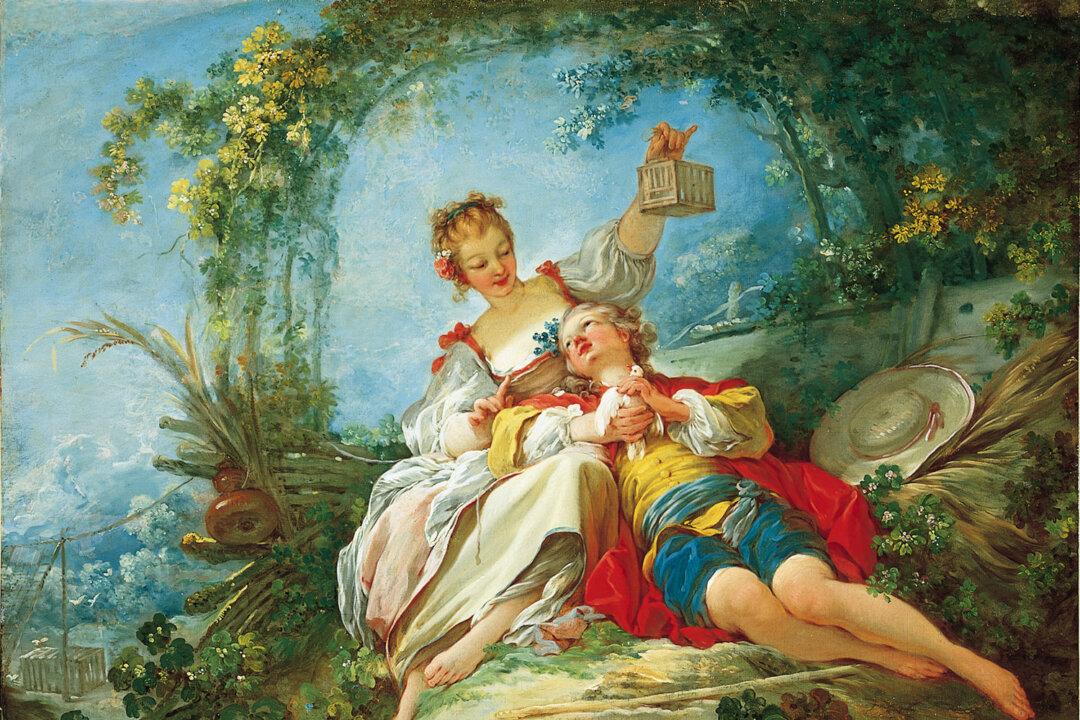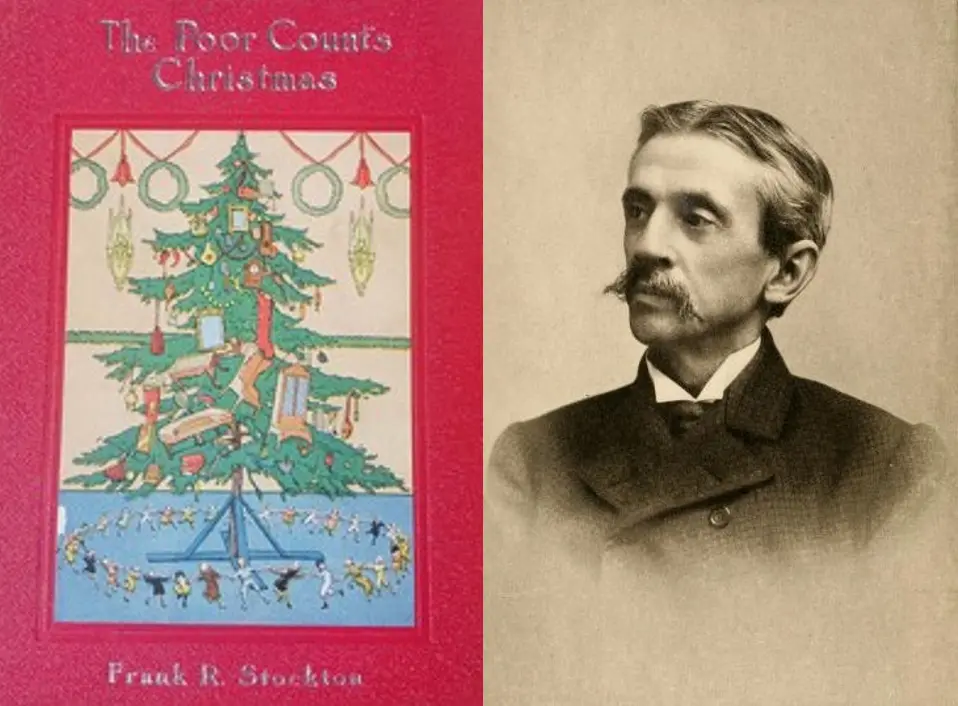As we see the snow and ice around us, we may wish for springtime, with its warmer weather and greener landscapes. We wish for life to begin anew and the seasons of cold and death to pass away. Yet death is a part of life, and should bring hope, not fear, into our lives.
In his short story, “The Lily’s Quest,” Nathaniel Hawthorne contemplates a cycle in which life and death go hand in hand. The search for a building site for a future home, referred to as a “temple of happiness” by the story’s characters, starts out as a quest to avoid unhappiness, and ends with an important lesson on the value of sadness and death.






